Gardening Q&A
-
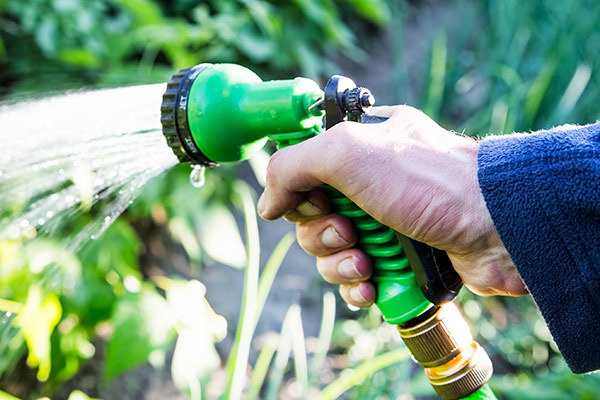
Is it true that watering your plants before a frost will help protect them from freezing?
Yes, it is, in certain circumstances. If there's been a dry spell and freezing temperatures are expected, water your plants. Get the roots and foliage wet. Water freezes at a slightly higher temperature than the foliage, so the ice can act as a protective barrier. For more sensitive plants such as gardenias, you may still have some frost damage, but hopefully you won't lose the plant. There are also covers you can put over plants to help protect them. Although these methods work well, they aren't designed to allow you to grow palm trees at high altitudes in the snow. The exception to this rule involves succulents. Lightly water them once a month. Bring them under cover near the house if you can. Overwatered succulents turn to mush when the thermometer dips below 32 degrees.
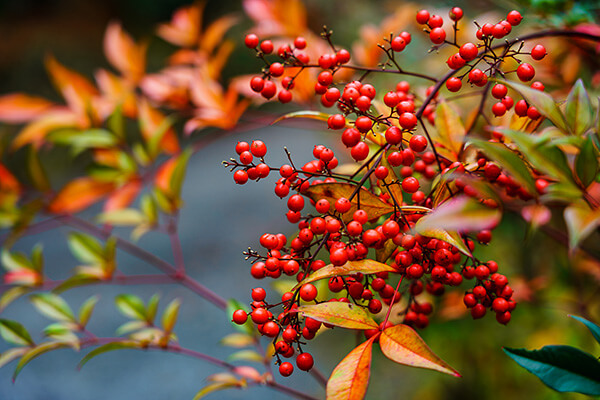
My garden needs some cheering up in the winter. What plants bloom during winter?
The list is quite extensive. Shrubs include daphne, camellia, rosemary, loropetalum and more. There are bulbs you can plant in the fall for winter flowers: daffodils, hyacinths, paperwhites and crocus. Don't forget plants with berries: nandina, beautyberry, pyracantha (if you have lots of room), cotoneaster and more. If you grow roses, don't deadhead them and they will make rose hips (seedpod), which can be very attractive. Visit your local nursery to see what's in bloom.
-
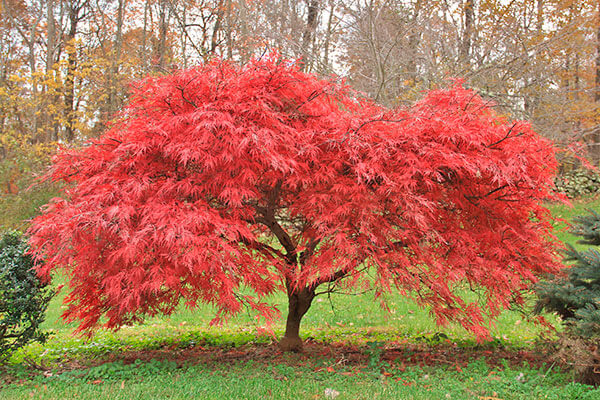
When should I trim my Japanese maple tree?
I usually wait until winter is firmly entrenched before doing any pruning, typically in December or January. Cut away any dead branches or twigs first. Next, cut away any branches that are crossed or rubbing each other. Step back and take a look. Often, this is all that's needed. Any additional trimming would be for shaping.
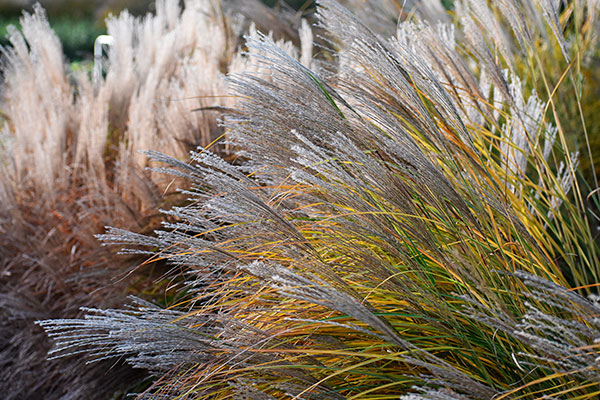
When do I cut back ornamental grasses?
Ornamental grasses such as miscanthus and Calamagrostis look beautiful as they develop fall colors. They aren't brilliant—mostly shades of gold—but they are striking. Leave them until December. By then, winter will have washed the colors away. Any later and the grasses will start to fall apart and become messy. Be careful when cutting them to the ground, because some have sharp edges. Their foliage is called blades for a reason!
-
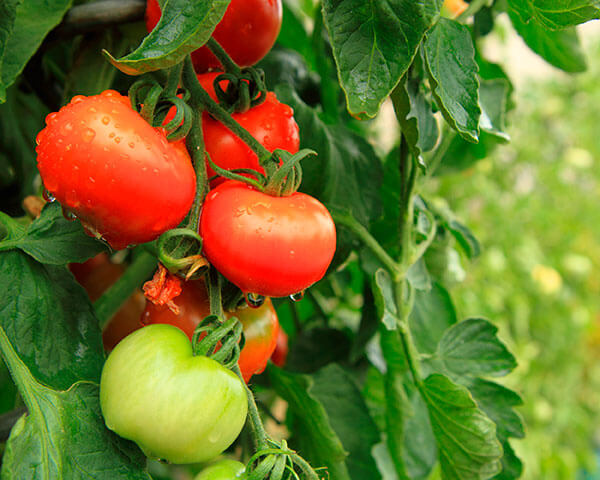
One of my tomato plants says it is determinate. What does that mean?
Determinate tomatoes, also called bush tomatoes, grow to a predetermined size, produce flowers and tomatoes, and then die. It's part of their genetic makeup. Once fruits form, the tomato doesn't keep growing and flowering and producing more fruit. Most are early producers. Paste tomatoes, such as Roma, are determinate. Indeterminate tomatoes, also called vine tomatoes, continue to grow throughout the season. They keep producing leaves, flowers, fruit, more stems, more leaves and flowers until the weather forces them to stop. If not caged or staked, they sprawl. Most cherry tomatoes and heirloom tomatoes are indeterminate, as well as varieties such as Big Boy, Beefsteak, Beefmaster and Brandywine. For tomatoes all season, choose indeterminate varieties.
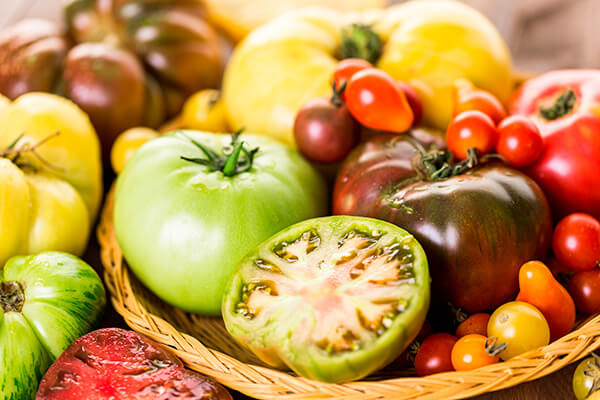
I'm a new gardener. What tomato varieties should I grow?
There are so many fabulous tomatoes, you could practically throw a dart at the list and come up with something amazing. The most popular heirloom tomatoes are Cherokee Purple and Brandywine. I like Black Krim. As far as hybirds go, Celebrity, Early Girl and Beefsteak have been favorites for years. I like to try a few new ones each year, and choose them based on their evocative names: Mortgage Lifter, Bull's Heart, Green Zebra, Speckled Roman, the list goes on. Have fun with it.

